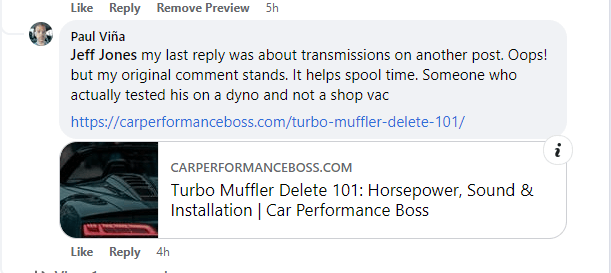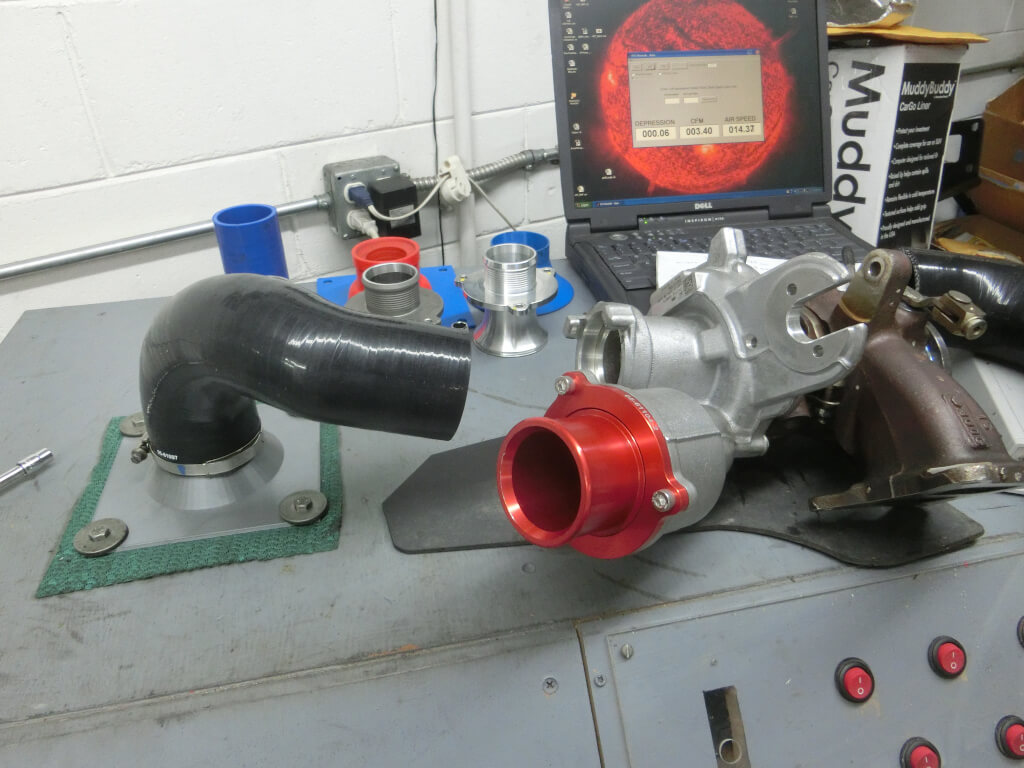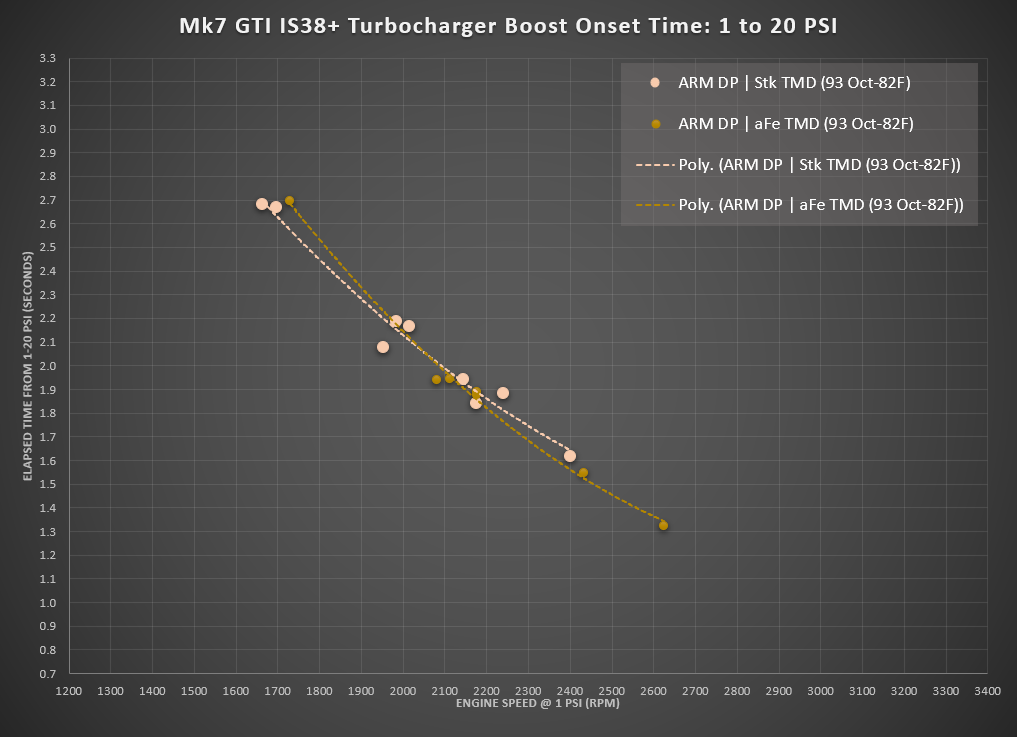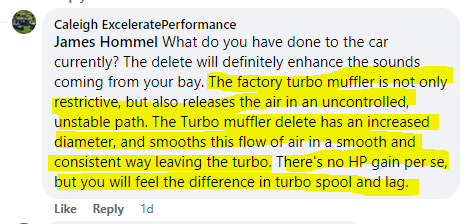Background:
I have previously tested the turbo muffler delete a couple of different ways without finding any performance benefit. I figured I’ve adequately buried the question of whether or not it makes a difference.

The darn question keeps coming back with people proclaiming it improves performance.
I came across this comment from a fellow enthusiast claiming that a turbo muffler delete helps improve spool time.

Hallelujah, they provided a link to the information source that they were relying upon.
Taking a read-through of the article they referenced there were a couple of glaring errors in the article. This one is a real gem:
A turbo is a device that compresses incoming air into a high pressure air ball and sends it to the combustion chamber.
Car Performance Boss
Also, there was an absence of any evidence but an abundance of inline advertising – not good signs that this source is credible.
The claim made by the author of the article at Car Performance Boss that the turbo muffler delete improves spool time lacks any foundation in fact.
Although I have thoroughly tested the TMD on the flow bench and have not found any difference between stock and aftermarket, and measuring power differences on the vehicle has corroborated the flow bench data showing no change, I have not specifically compared “spool times“.

Data Analysis Approach:
I have data from both the stock turbo muffler and aftermarket TMDs from using them on my GTI, so I decided to see how the spool times compare.
The stock GTI turbo muffler is being compared with the aFe Performance aftermarket TMD.
Data of interest is the time, measured in seconds, that it takes for boost pressure to build from 1 psi to 20 psi. This time is plotted against the engine speed when 1 psi is reached. At higher engine speeds the airflow volume through the engine is greater, and this generates more exhaust, which helps spool up the turbocharger more quickly, so it is important to show the spool time accounting for the engine speed.
Results:
The results of the comparison are shown on the chart:

Conclusion:
There is no significant difference between the “spool time” of a stock turbo muffler and the aftermarket turbo muffler delete.
This result is consistent with previous tests that showed no differences in airflow or power output between a stock turbo muffler and an aftermarket turbo muffler delete.
Despite an abundance of evidence showing that turbo muffler deletes do not improve the performance of the Mk7 GTI, when businesses like Excelerate Performance baselessly claim they do make a difference, it’s not surprising that some consumers will believe them.


Hello Jeff. I need to have your opinion after reading your article (very interesting). What do you think about this article then from HG-Motorsport : https://hg-motorsport.de/turbo-outlet-pipe-kit-vom-lader-zum-llk-fuer-vag-1.8-2.0-tsi-euro-6 (i have choosen mk7 golf gti in the list). They claim about airflow simulation gains and even more power, i don’t understand how they can claim this…. they seems to be a very good company with many R&D… i will be curious to have your point of you indeed… 🙂
The product they are describing consists of the turbo muffler delete and the charge pipe. I have measured aftermarket charge pipes and found that they do improve airflow slightly. The TMD doesn’t contribute anything from what I have measured.
We’ve had “muffler deletes” on our products for nearly a decade. And while there’s an argument to be made for laminar flow, really this design change is do the obvious: make the turbo louder. The product claims for power improvements are risible.
A narrow diameter pipe with high velocity airflow through it is not a recipe for laminar airflow.
As much as you might hate this topic, the MST design looks much shorter with a bigger bellmouth than others and has a power claim of 10hp on this site:
https://www.bmptuning.com/products/mst-performance-turbo-muffler-delete
Even has a poorly referenced dyno chart with gains in the picture carousel here:
https://www.zerooffset.com.au/products/mst-performance-turbo-muffler-delete-volkswagen-golf-gti-r-mk7mk7-5-audi-s3-8v-tts-8s-ea888-gen3-engine?currency=AUD&variant=42357101789411&utm_medium=cpc&utm_source=google&utm_campaign=Google%20Shopping
Given the different design as a short velocity stack could this yield different results?
I’d asked MST about the dyno chart when it used to be on their website. They weren’t sure about the validity of the comparison and took it down. I assume the vendor that is still showing the dyno chart didn’t get the message that it is unreliable.